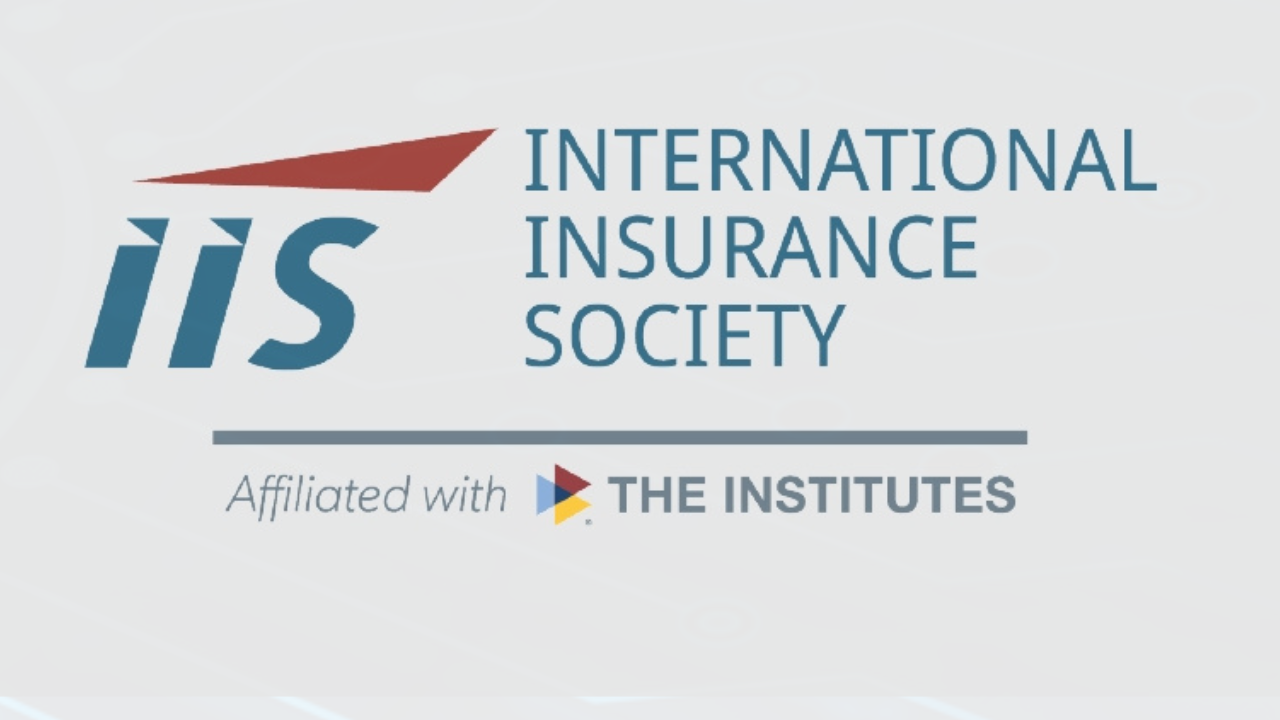
If you’re a CISO or risk manager in financial services, you know the stakes have never been higher. The sector is a magnet for cybercriminals, regulators are tightening the screws, and new technologies are both a blessing and a curse. Let’s break down the real-world challenges facing security leaders in banks, asset managers, and other financial institutions today.
1. Expanding Attack Surface and Sophisticated Threats
Digital transformation and cloud adoption are opening up new opportunities — but also new vulnerabilities. Financial institutions are under constant attack from well-funded, highly organised cybercriminals who are leveraging emerging technologies (including AI) to launch more sophisticated and frequent attacks. The rise in eCrime, data-theft extortion, and supply chain threats means CISOs must defend an ever-widening perimeter with limited visibility and increasing complexity.
2. Legacy Systems and Integration Pains
Many financial institutions still rely on legacy systems that weren’t built for today’s threat landscape. These outdated platforms can’t keep up with modern attack tactics, making them prime targets for cybercriminals. Upgrading legacy infrastructure is a strategic necessity, but it’s often easier said than done due to cost, complexity, and operational disruption.
3. Talent Shortages and Capability Gaps
The demand for cybersecurity talent far outpaces supply. As threats evolve, so does the need for professionals with expertise in both foundational security and emerging technologies like AI and advanced analytics. Without the right people, even the best strategies fall short.
4. Regulatory Complexity and Compliance Pressure
Financial services are among the world’s most heavily regulated industries. CISOs must navigate a labyrinth of global, regional, and sector-specific regulations — think DORA in the EU, OCC and Federal Reserve oversight in the US, and ongoing privacy, KYC, and AML requirements. Staying compliant is a moving target, and failure can mean hefty fines and reputational damage.
5. Budget Constraints and the Need to Prove ROI
While security budgets aren’t necessarily shrinking, they’re not keeping pace with the explosion in threats and requirements. CISOs are under pressure to justify every dollar spent, balancing investments in innovative solutions (like AI-driven defense) with the ongoing need for regulatory remediation and operational essentials.
6. Third-Party and Supply Chain Risks
Outsourcing and third-party partnerships are standard practice, but every external connection is a potential entry point for attackers. Managing vendor risk, enforcing security standards, and monitoring for vulnerabilities across the supply chain are now critical components of a robust cyber risk program.
7. Balancing Security and User Experience
Customers expect seamless digital experiences, but every added security measure can introduce friction. CISOs must find ways to protect sensitive data and transactions without alienating users — a delicate balancing act that requires smart, adaptive solutions.
8. Boardroom Communication and Strategic Alignment
CISOs are increasingly expected to speak the language of business, not just technology. They need to quantify cyber risks, demonstrate the financial value of security investments, and ensure that cybersecurity is woven into the fabric of business strategy. This means breaking down silos, aligning with the C-suite, and providing clear, actionable reporting to leadership.
In summary:
CISOs and risk managers in financial services are operating in a high-pressure, high-stakes environment where the only constant is change. The challenge is not just to keep up, but to stay ahead — by building agile teams, modernising infrastructure, embracing risk quantification, and making cybersecurity a core part of business strategy. The institutions that succeed will be those that treat cyber risk as a business imperative, not just a technical hurdle.



